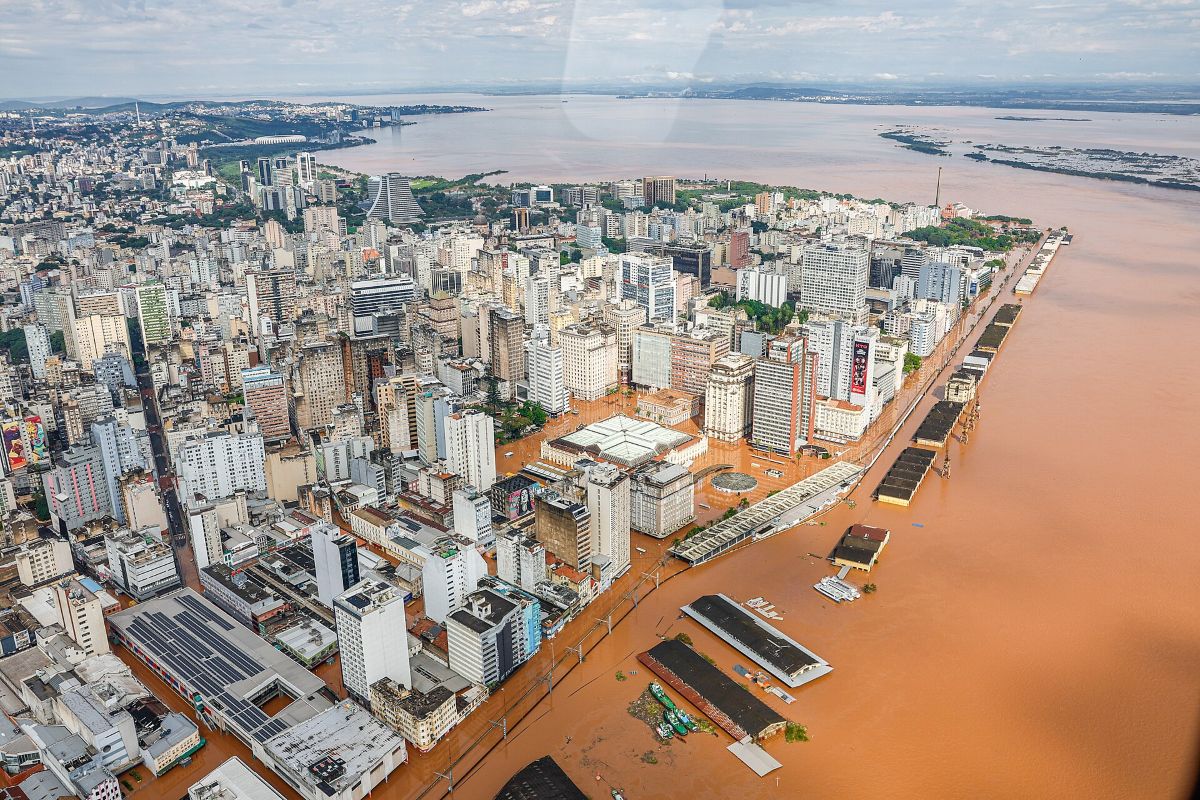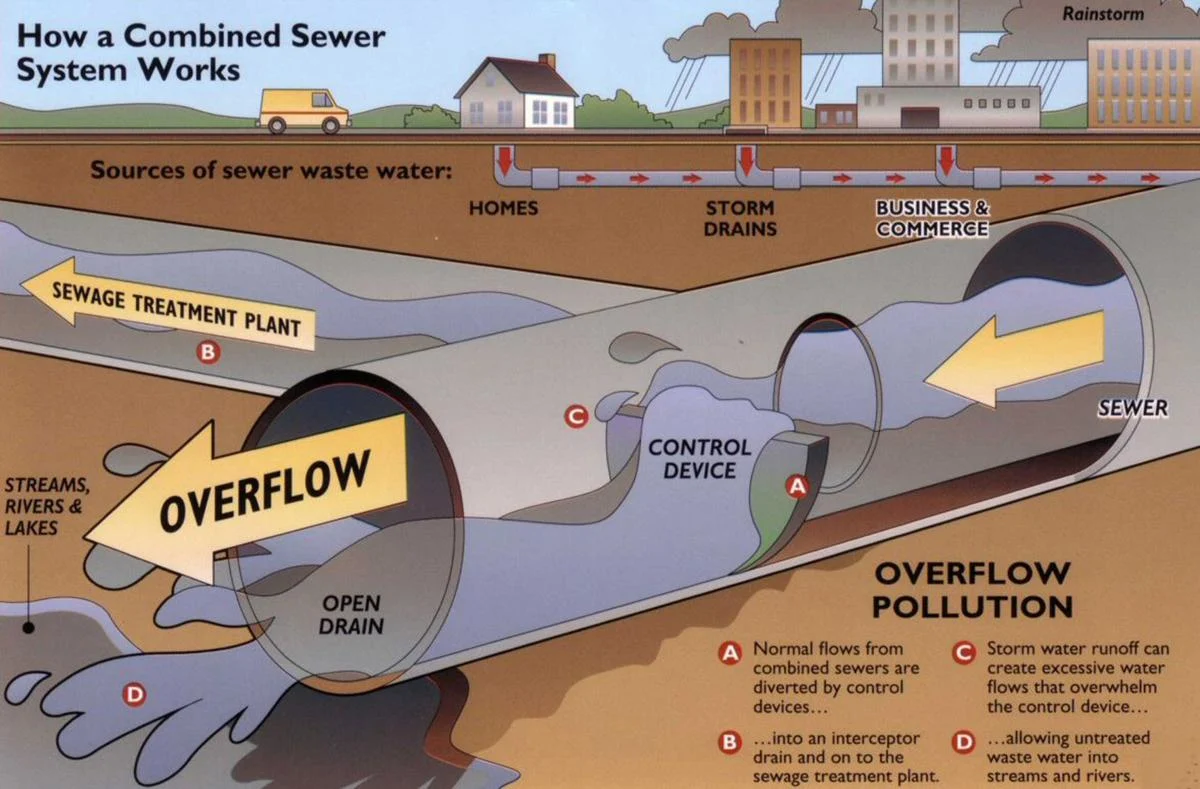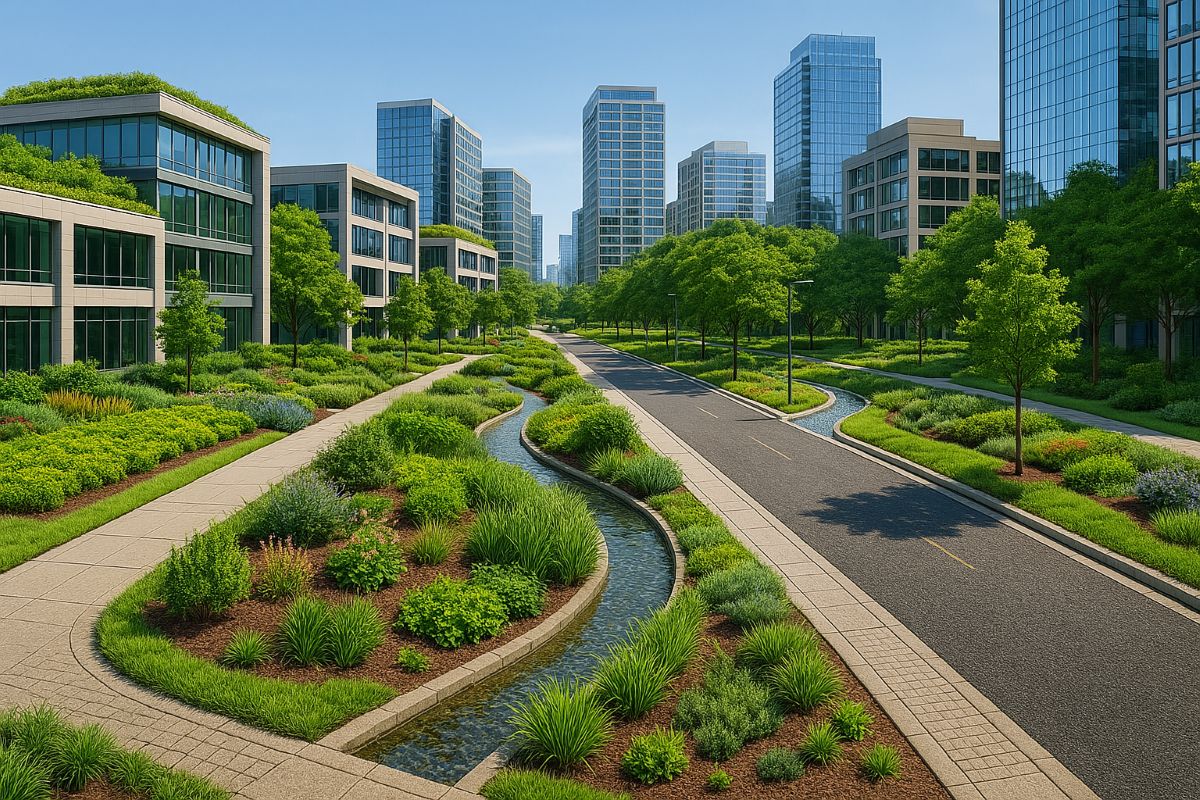
Watch short for this article (5 slides)
The Hidden Impact of Urban Flooding: Infrastructure Strain and the Rising Need for Climate-Resilient Cities
While media headlines often focus on the tragic toll of floods—such as the recent inundations in China’s Anhui and Guangdong provinces, which left 11 dead and thousands displaced—the subtler and more persistent threat lies in the damage to urban infrastructure. Urban flooding, increasingly intensified by climate change, doesn't just disrupt daily life temporarily; it erodes the very systems that keep cities functional, from transportation and housing to water, energy, and waste management. This article delves deep into how urban flooding strains existing infrastructure and why the shift toward climate-resilient cities has become an urgent global imperative.

Understanding the Infrastructure Challenge in Flood-Prone Cities
Urban infrastructure was traditionally designed with historical weather patterns in mind. But climate change has dramatically increased the variability and extremity of precipitation, making once-rare “100-year” flood events increasingly frequent. The World Bank estimates that urban floods affect around 860 million people globally every year, with financial losses reaching $58 billion annually (World Bank). The gap between design standards and new weather realities contributes directly to failures during flood events.
1. Vulnerability of Transportation Systems
Urban roads and rail lines are particularly sensitive to water damage. During heavy rains, surface runoff can overwhelm sewers, leading to water accumulation that erodes asphalt, damages bridges, and disrupts public transit—often for days.
- Short-term Risks: Flooded roads reduce emergency response effectiveness and trap residents in high-risk zones.
- Long-term Impacts: Repeated submersion weakens foundational materials, leading to collapses and increased maintenance costs. For example, in 2020, Jakarta’s train system suffered losses exceeding $16 million after heavy flooding (Reuters).
2. Overburdened Drainage and Sewer Systems
In older cities, “combined sewer systems” channel both stormwater and sewage through the same pipeline. During deluges, the systems overflow, discharging raw sewage into rivers, lakes, and even into city streets.
These Combined Sewer Overflows (CSOs):
- Elevate the risk of waterborne diseases (e.g., cholera, hepatitis A).
- Contaminate drinking water sources.
Fixing aging wastewater infrastructure requires not only massive capital but also finely tuned planning. Bolliger and colleagues (2021) found that retrofitting stormwater-resilient systems in New York’s most affected boroughs would cost an estimated $10 billion over a 25-year period (Science of the Total Environment).
3. Power Grid and Energy System Interruptions
Many substations and electrical panels are located below ground or in basement levels of buildings. Floodwaters compromise not just electricity, but also communication systems, elevators, and even health technologies reliant on stable power.
Case Study: In 2012, Hurricane Sandy submerged electrical substations in New York City, leading to days-long blackouts that impacted emergency services and stranded residents in high-rise buildings without elevators or HVAC systems.
Why Current Mitigation Efforts Fall Short
Despite the increasing threat level, many cities still rely on outdated planning codes and zoning regulations that do not account for the intensity or frequency of modern flood risks. According to the Global Facility for Disaster Reduction and Recovery (GFDRR), over 70% of municipalities in low- and middle-income nations do not incorporate flood risk into land-use planning.
Urban Sprawl and Impermeable Surfaces
Concrete-heavy urban development exacerbates flooding by eliminating natural sponges like soil and green vegetation:
- Extreme Runoff: Cities with more than 50% impermeable surfaces see runoff volumes over 5 times greater than rural areas after equivalent rainfall.
- Heat Island Effect: Urban surfaces retain more heat, which can intensify local microclimates and indirectly contribute to convective storms.
Lack of Early Warning and Emergency Response Systems
Many cities lack robust systems for predictive flood modeling or integrated public alert systems. This delays evacuations and reduces the effectiveness of emergency services.
Expert Note: “You can’t mitigate what you can’t see coming. Real-time hydrological monitoring should be as essential as electricity in modern cities.”—Natalie Kumar, Hydrologist, Urban Resilience Thinktank
Toward Resilient Cities: Innovative and Actionable Alternatives

Resilience isn’t just about returning to ‘normal’—it’s about adapting urban systems to absorb, recover from, and even benefit from climate disturbances. Key strategies include:
1. Nature-Based Flood Management Infrastructure
Also known as “green infrastructure,” these systems utilize vegetation, soil, and engineered ecosystems to reduce runoff and increase water retention:
- Rain Gardens and Bioswales: Designed ditches that absorb and filter stormwater runoff around roads and buildings.
- Green Roofs: Vegetated rooftops reduce runoff by retaining 40–60% of rainfall and provide insulation, which can lower urban temperatures.
- Permeable Pavements: Allow water to seep through ground layers, diminishing demands on stormwater systems.
Copenhagen has spearheaded this approach through its Cloudburst Management Plan, which uses green corridors and underground tanks to manage a 100-year storm scenario, reducing potential damage by 30%.
2. Elevating and Flood-Proofing Critical Infrastructure
For built structures, several effective retrofits exist:
- Substation Elevation: Raising electrical infrastructure above the base flood elevation (BFE)—a cost-effective method already adopted in Miami and New Orleans.
- Backflow Prevention Valves: Installed in drainage systems to block reverse flow during flood events.
3. Integrated Urban Planning and Zoning Reform
Zoning must take hydrological data into account:
- Restricting development in known floodplains.
- Mandatory inclusion of water-absorbing elements in large-scale developments.
Seattle’s policy requiring tree canopy preservation during new constructions has reduced surface runoff by up to 22% compared to older zoning rules according to city assessments (Seattle Environment & Energy).
Conclusion: Redefining Urban Survival in a Warming World
Floods will grow more frequent and intense—not just in China but globally—as climate systems shift. Urban infrastructure failures during floods aren’t the result of isolated bad luck but systemic mismatches between past assumptions and present realities. The age of climate adaptation is already here. By reevaluating design standards, embracing green infrastructure, and updating outdated urban policies, cities can shift from reactive to proactive defenders of human life and economic security.
Resilient cities are not just a hopeful ideal; they are fast becoming a necessity for survival in the Anthropocene.